Aitor Iriondo Pascual defends his thesis "Simulation-based multi-objective optimization of productivity and worker well-being".
Join online
The dissertation will be held at ASSAR, and will also be streamed online. Join the livestream.
Abstract
In industry, simulation software is used to simulate production, making it possible to predict events in production, calculate times and plan production, even in the early phases of the production development process. Software known as digital human modelling (DHM) tools can also be used to simulate humans working in production. When simulating digital human models, ergonomics evaluations can be carried out to assess whether workstation designs offer appropriate ergonomic conditions for the workers. However, simulations performed to predict and plan production are usually done separately from the human simulations performed to evaluate ergonomics. This can lead to suboptimal solutions in which a factory is optimized to improve either productivity or ergonomics.
This thesis outlines the hypothesis that more optimal solutions for workstation design, layout and line balancing can be obtained in simulations by optimizing productivity and ergonomic factors simultaneously instead of considering them separately. Hence, the aim is to carry out research on the development of a simulation-based multi-objective optimization method for productivity and ergonomic factors and to realize the method as a software tool in order to test and communicate it.
From an application and societal-impact perspective, the overall objective is to offer a new approach for designing production systems that focuses on both over-all system performance and the well-being of workers, reduces the effort of engineers and helps industry create more productive and sustainable workspaces.
Opponent
Johan Ölvander, Professor, Linköping University
Supervisors
Committe
Kerstin Johansen, Professor, Jönköping University
Tobias Larsson, Professor, Blekinge Institute of Technology
Leo De Vin, professor, Karlstad University
